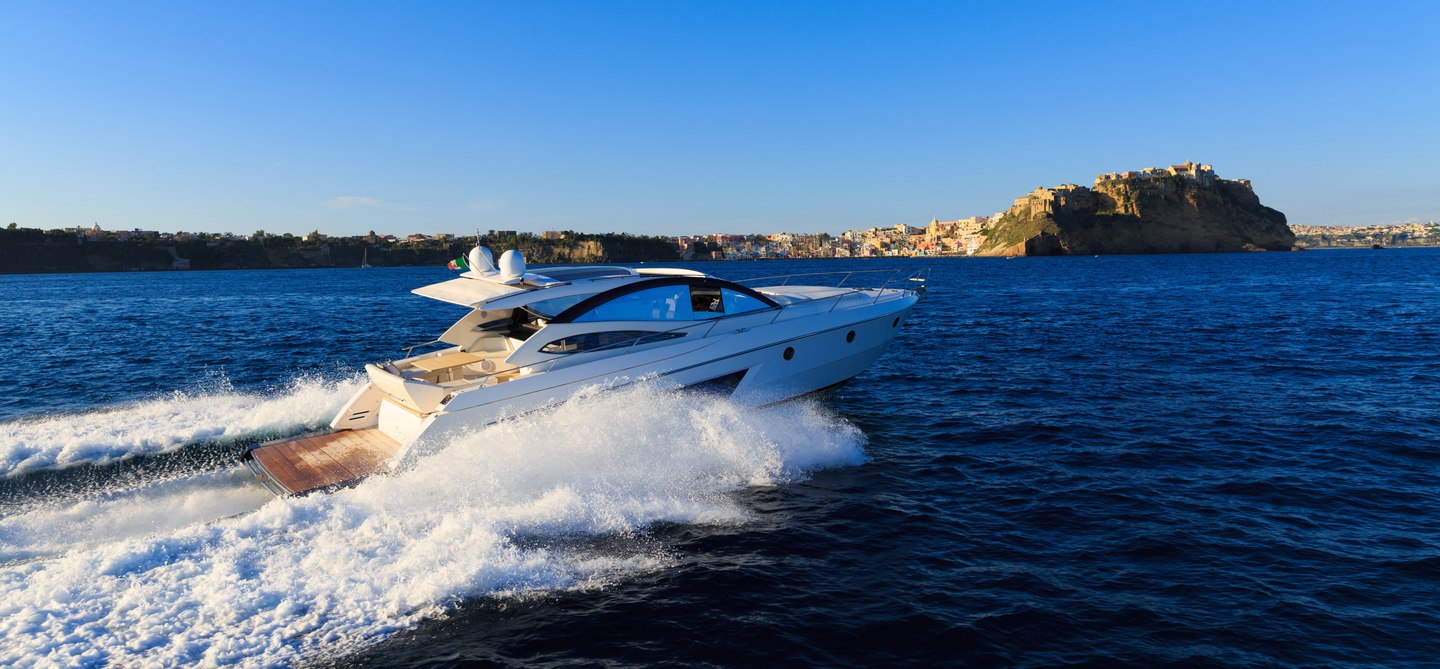You may have heard all sorts of different monetary information when it comes to running a yacht. Understanding these costs is imperative, ensuring your ownership experience is nothing but smooth sailing.
In this article, we will focus on the costs associated with owner-operated vessels, although there will still be information that is relevant to larger crew-operated yachts.
Ownership and running costs differ from yacht to yacht, but factors such as where the vessel is kept and how it is used will have a significant impact on year-on-year costs. If you plan to berth your yacht in a popular area, for example, there will be big cost implications.
- The 10% Theory
- New vs Old
- 25m+ (82ft) Yachts
- Running Costs During the Warranty Period
- Key Running Costs:
- Annual Running Costs
- Mooring Costs
- Mooring Types:
- Maintenance and Servicing
- Engine Service Costs
- Drive System Service Costs
- Hull Maintenance
- Craneage and Hard-standing
- Winterizing
- Key Maintenance Areas:
- Insurance
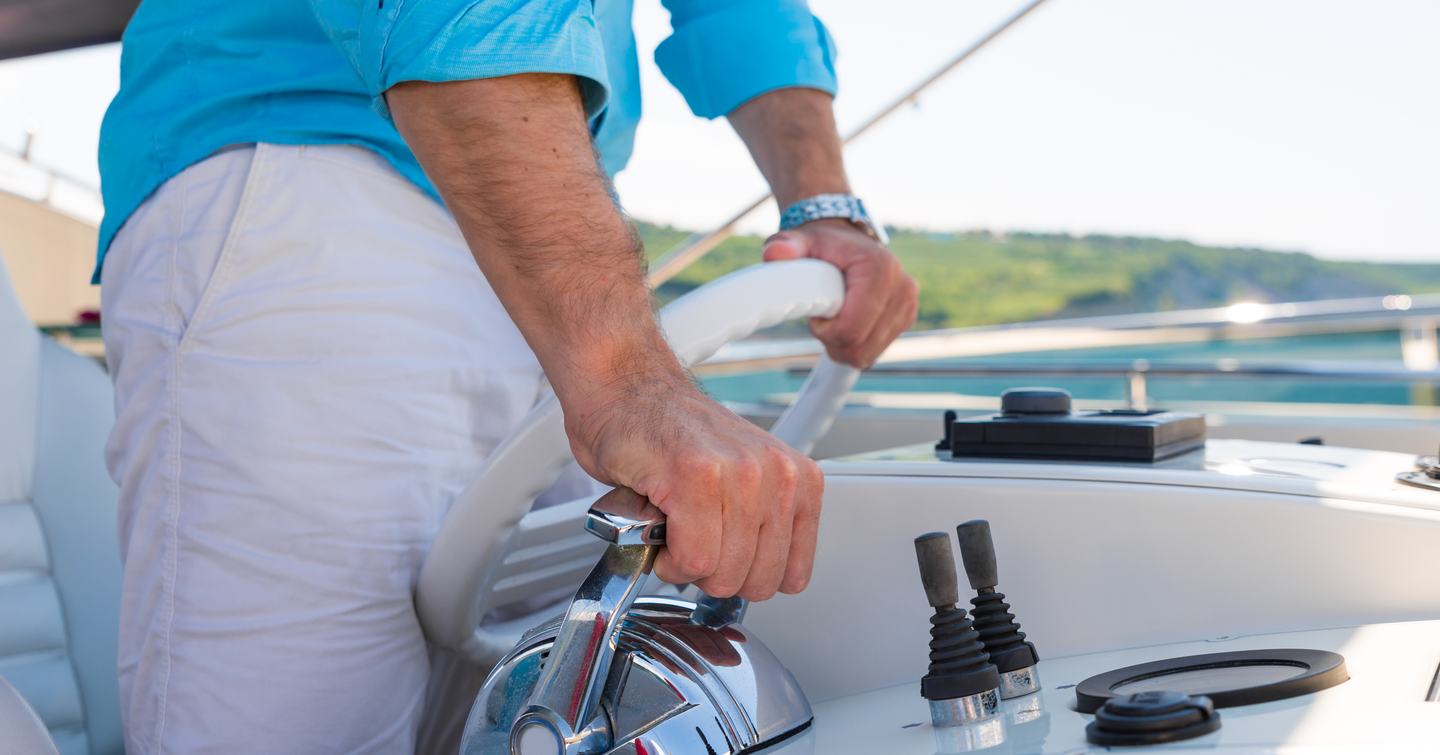
The 10% Theory
There is an often-quoted theory that states annual running costs will be approximately 10% of the purchase price, taking into account key factors such as fuel, mooring fees, and maintenance.
Whilst the theory might be mildly useful as a reference tool for new owner-operated yachts, it has major shortcomings for larger, crewed vessels or older yachts. As a yacht gets older its value or purchase price usually falls, whilst its running costs increase. For these applications, the 10% idea can become, at best, obsolete or even misleading.
New vs Old
The good news, however, is that new yacht running costs are usually lower than those of used yachts. This is due to brand-new componentry which is often supported by warranties and an after-sales care package, and more efficient engines and hull designs.
25m+ (82ft) Yachts
If you are buying a yacht of approximately 25m (82ft) or more, you will need to employ a professional crew — a factor that will significantly increase your running costs.
To find out more about the crew, from employment to day-to-day management and everything in between, take a look at our guides below.
Running Costs During the Warranty Period
Running costs are ongoing factors that need to be continually budgeted for. However, in the first years of ownership, engine and drive system maintenance and costs are usually lower. Manufacturer warranties tend to cover any mechanical failures and the required replacement parts as long as you adhere to the vessel's service schedule.
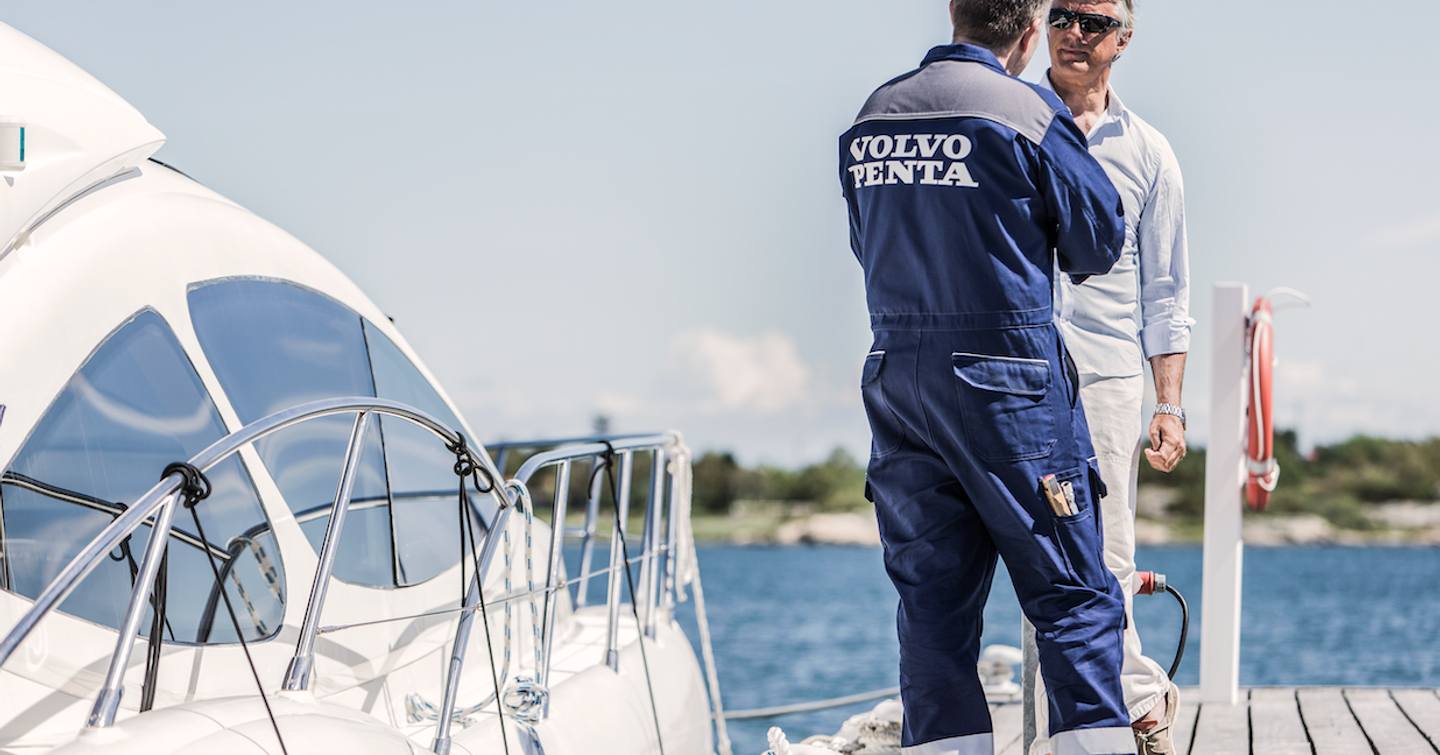
Similarly, any issues with the construction of the yacht or the reliability of components should fall under the manufacturer's warranty. As your yacht ages, however, you will need to take into account additional maintenance and costs before the inevitable invoice lands on your desk.
Key Running Costs:
- Mooring
- Maintenance
- Fuel
- Insurance
Annual Running Costs
Example annual running costs for yachts between 12-20m:
| Maintenance | Cost |
| Engine Maintenance | €/$500 - 2,000 per unit |
| Drive Maintenance | €/$400 - 1,000 per drive |
| Marina Moorings | €/$400 - 800 per meter |
| Fuel (Fast Cruising) |
€/$5,000 - 10,000 per engine*/per 50 hours (*engine size 500hp - 1,000hp) |
- Insurance costs are additional and are calculated using a range of factors.
Mooring Costs
Traditionally, the biggest cost other than the initial yacht purchase is mooring. As a result, this needs to be carefully considered and budgeted for.
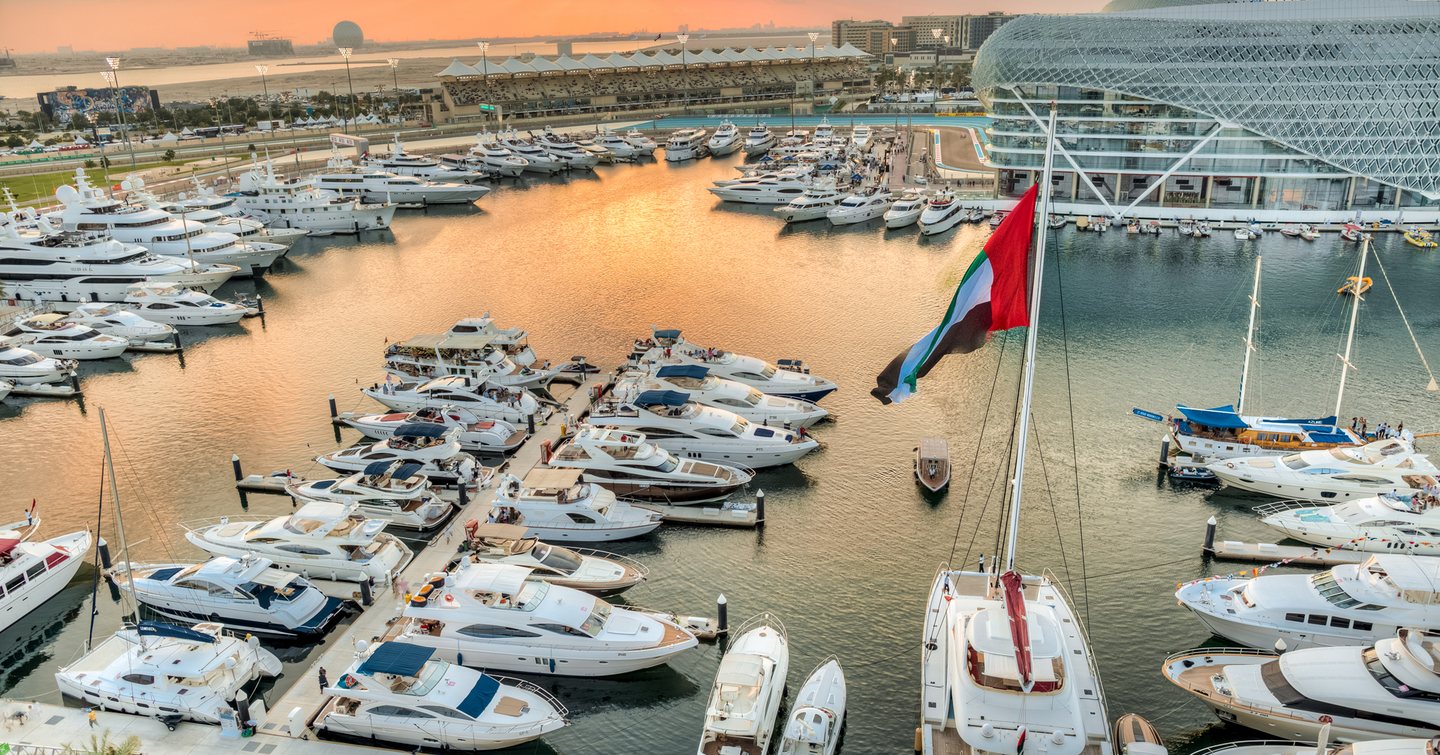
Moorings are like real estate, with different locations being the major factor in what you pay. Popular cruising grounds will result in moorings being more expensive, as will the level of services offered nearby.
Mooring Types:
- Marina berth
- Boat park
- Swing mooring
- Municipal
- Private
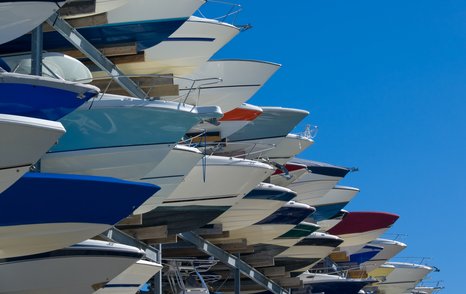
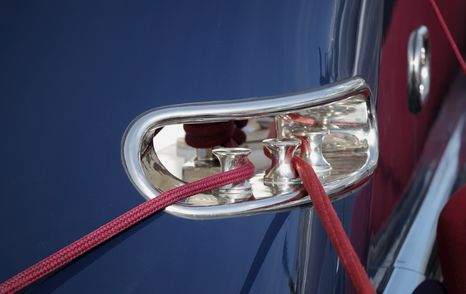
Choosing the type of mooring and where it will be can make a big difference to your annual costs. At the top end, a marina offers a permanent, in-water berth and full-service facilities. At the other end is a swing or buoyed mooring in a harbor or on a river to which you have no direct access.
Boat parks offer an alternative to in-water moorings, with yachts stored in hangars and launched on demand. Costs are similar to marinas but the sizes of yachts that can be stored are limited.
A munnicipal or local government-run mooring is a low-cost option for local yacht Owners. But they are rare and usually come with long waiting lists.
The most common and sought after mooring type for motor yachts over 10m is a marina berth. Most people lease their berth on a yearly contract. It is also possible to buy a berth, usually with an ownership period of 20 years. It is rare to own a berth outright when they do happen it is often part of a new marina development or upgrade project.
Maintenance and Servicing
Engine Service Costs
A new yacht will need to follow a specific engine servicing schedule to maintain warranties. This will be explained to you during your yacht handover and based on engine hours being clocked up or calendar months, whatever comes first.
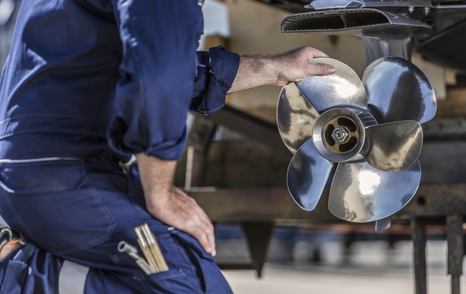

Within the warranty period, usually the first two or three years, costs will be low. All you will need to cover is the actual cost of the service, including labor, oil, and filters. Any other issues or replacement parts should be covered by the warranty - as long as you have kept to the prescribed service intervals and have had the work carried out by a certified engineer.
Year 1:
The first year of ownership will require an initial running-in service and inspection, followed by a later and more complete service.
Year 2:
After the initial year-one services, annual engine maintenance takes over. The costs for this will depend on the engine horsepower.
Drive System Service Costs
A vital part of the yacht, the drive or propulsion system requires regular servicing, and, just as importantly, visual checks to ensure all is well.
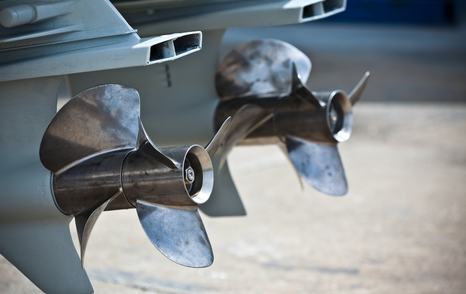
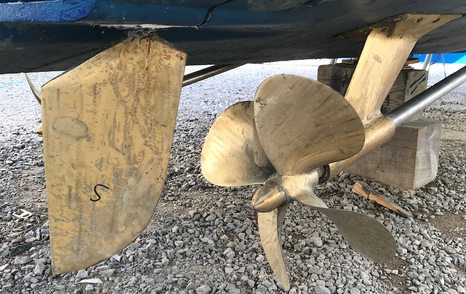
An outdrive or sterndrive leg carries more external and working parts compared to a shaft or pod drive set-up and so requires more careful maintenance.
The servicing will usually be carried out alongside engine maintenance, and as with the engine the warranty period will mean lower costs where only serviceable items are charged.
Unlike an engine service, however, a drive system will also require that the yacht is lifted out of the water to carry out full works. This of course adds to your costs.
Hull Maintenance
There is no specific schedule for hull maintenance, but it is recommended that a yacht is lifted out of the water every year, keeping the yacht ashore for a few weeks to allow the hull to dry out whilst any maintenance works are carried out.
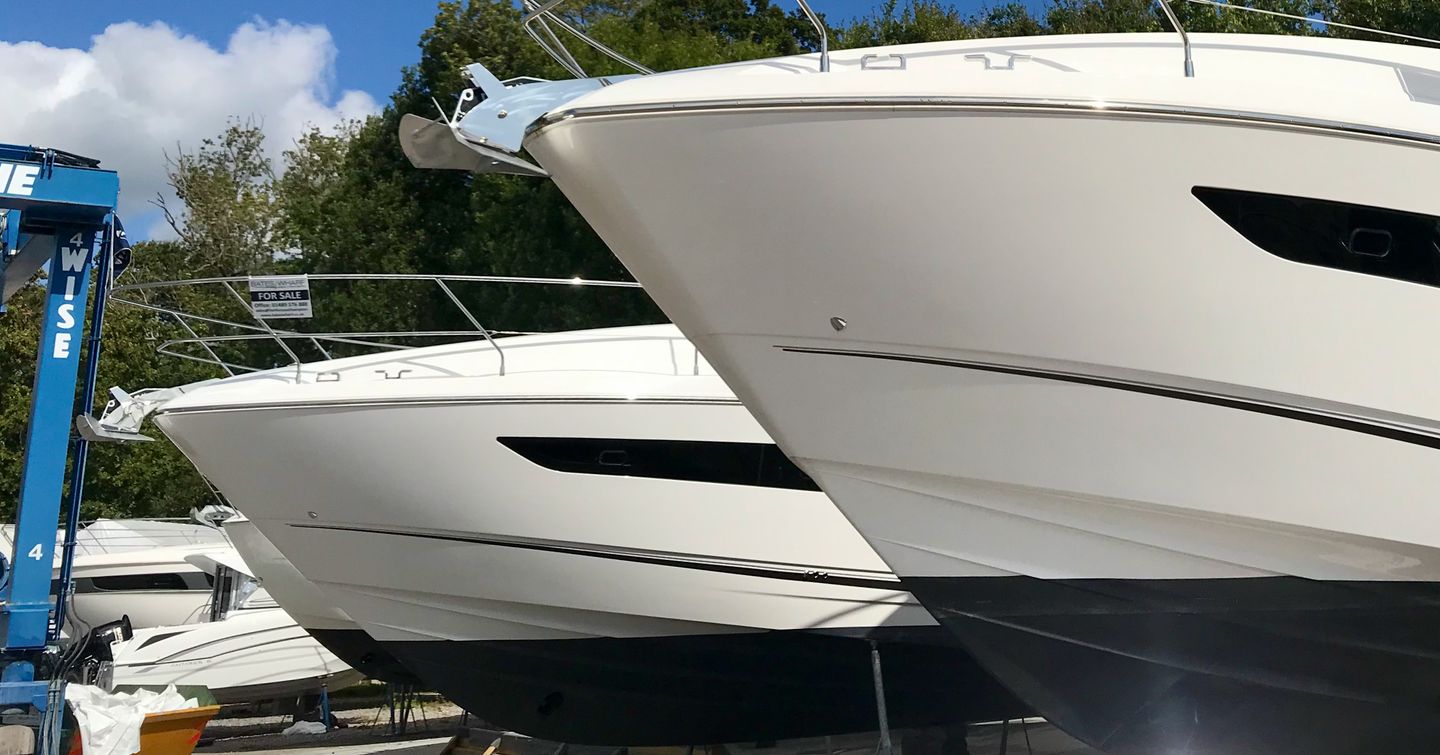
While every two years may be sufficient, the best advice is to lift out every year. This allows anodes to be replaced, antifoul paint to be renewed, and visual checks to be carried out.
The hull and its various skin fittings (through-hull inlets and outlets) benefit from annual checks to maintain watertight integrity and reliability.
A common practice is to lift the boat out pre-season, keeping her in the slings of the crane whilst any work is conducted. The hull is pressure-washed to remove light hull growth, before being returned to the water if all is well. The yacht is then lifted out again at the end of the season for a longer period, allowing the hull to dry and more extensive work to take place if required.
Even a slightly fouled hull, with a light covering of weed or slime, can severely affect your fuel efficiency, especially for faster yachts. You might save yourself thousands in fuel costs by spending hundreds on a pre-season hull scrub."
Craneage and Hard-standing
To carry out full and proper maintenance, a yacht should be lifted out of the water every 12-24 months, with the option of an additional pre-season check and scrub.
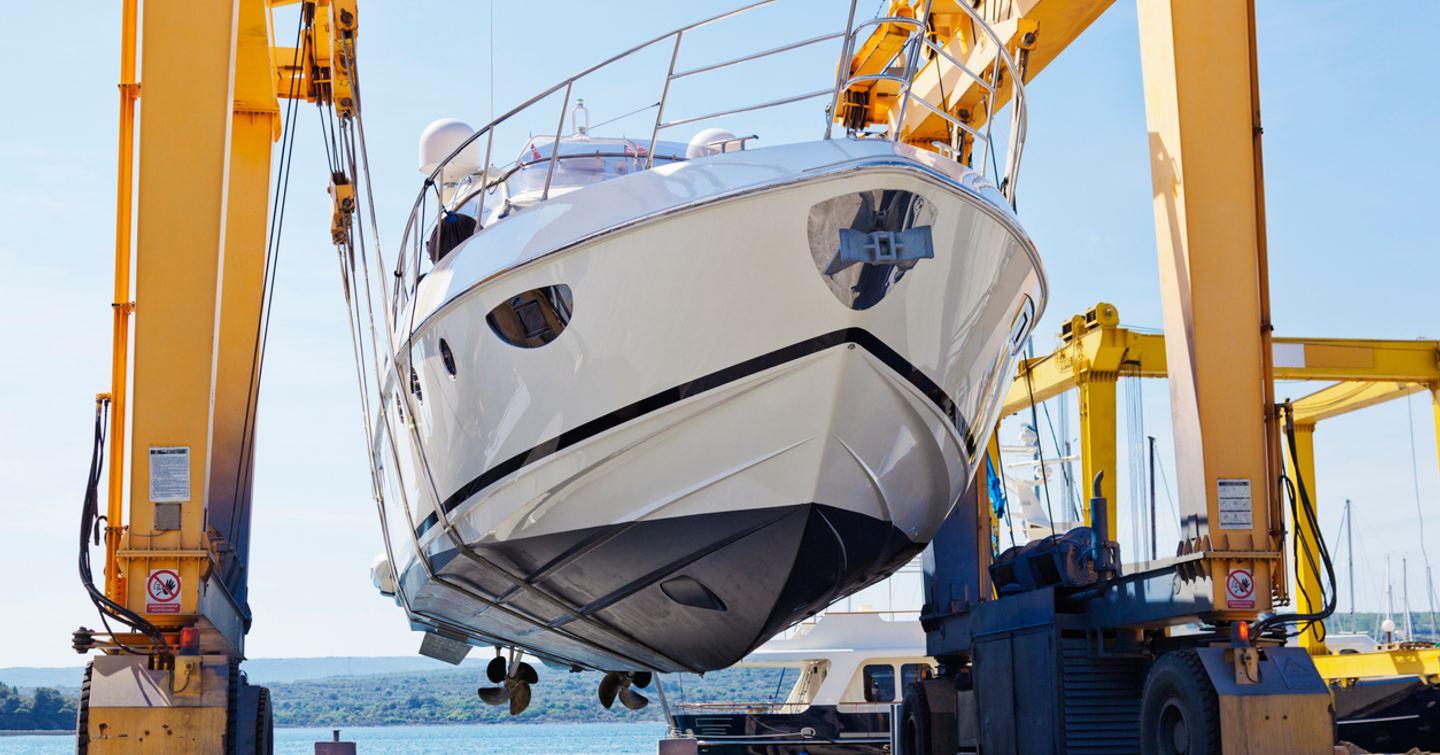
The costs for this will depend on the yacht size and the boatyard itself. You may then have to pay boatyard fees for space ashore.
Winterizing
As part of your annual maintenance plan, you might consider having your yacht lifted out of the water and decommissioned during the off-season period.
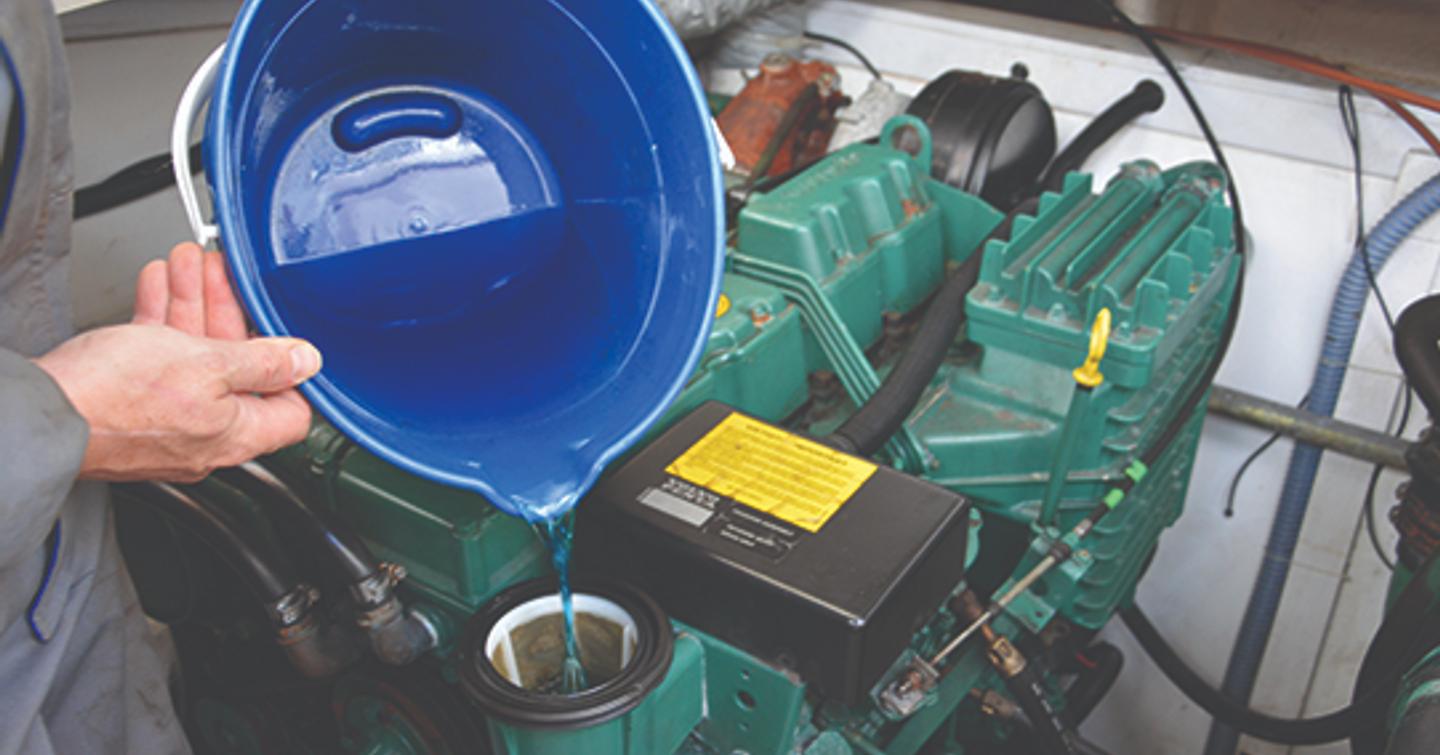
This so-called winterization can include having the yacht lifted out of the water, or it can remain in. In fact, a yacht is better insulated against low temperatures whilst in the water, so for colder climates it can be advantageous to remain afloat -as long as the yacht is lifted out at some point.
The biggest threat to your yacht from low temperatures is the freezing of the engine or drive's internal cooling systems, damaging pipes, and casings.
Winterization involves draining the engine or drive's internal cooling water and replacing it with anti-freeze. It is also usual to disconnect the 12V/24V system to protect battery life.
For marina-based craft running mains shore power, you can help protect your yacht's machinery from the cold by installing low-wattage bar heaters, keeping the engine bay above freezing. But for sterndrive craft that doesn't help the drive's cooling system.
The actual cost of winterizing is low and if carried out as part of your annual maintenance schedule quite negligible.
Key Maintenance Areas:
- Engine service
- Drive propulsion
- Hull maintenance
Insurance
More good news. The cost of yacht insurance — when compared to say car insurance — is low and offers a high standard of cover and claims response.
Like car insurance, it is also mandatory, with most ports and marinas requiring yachts to carry a specific level of cover for third-party liability. If you were to hit another vessel, or even worse, a fire was to break out, the damage caused to another vessel or vessels could be significant.
Taking into account the value of a yacht, the somewhat challenging environments they operate in, and the fact they are often left unattended for long periods, yacht insurance is certainly a good idea.
